White Pine Identification – Know One When You See One
Blue-green needles, long trunk with greyish bark, and brown narrow cones are the main giveaway features of a white pine
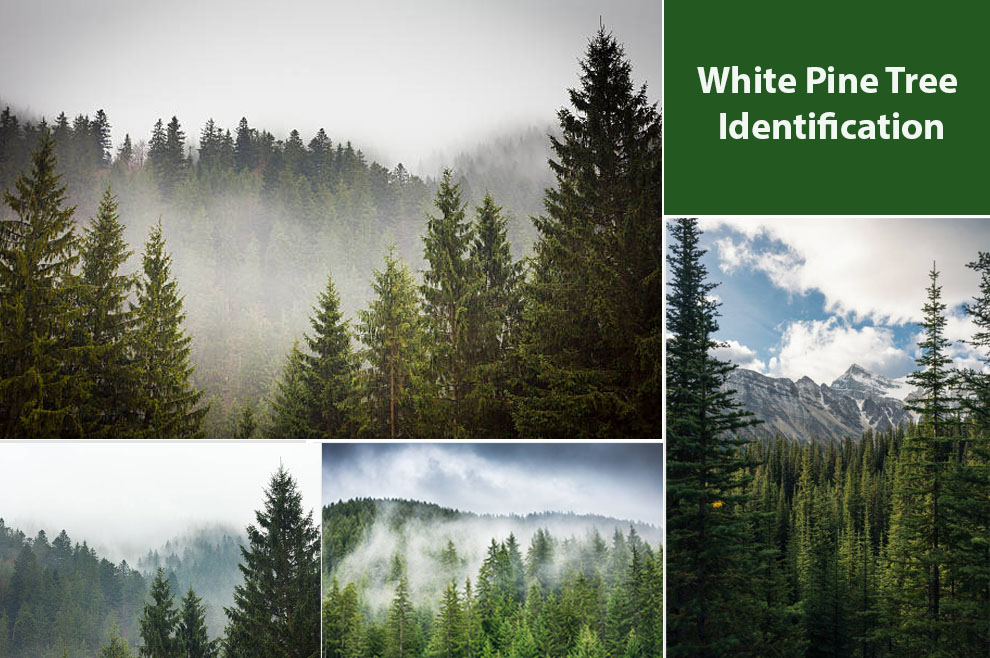
White pines can be identified by their clusters of blue-green, long, and soft needles that grow in bundles of five, an essential white pine identification aspect. It separates it from the jack and red pines that have needles growing in bundles of two.
These trees have reddish-brown bark, forming scaly plates, and yield elongated cones between three and eight inches with winged, compact seeds. White Pine thrives in USDA hardiness zones three through eight in full sun to partial shade. The white pine trees grow between fifty and a hundred feet, depending on your chosen variety of it.
Birds and small mammals enjoy their shoots and seeds. Its inner bark is the food for beavers, hares, and porcupines, and is another vital factor in identifying white pines. White pines offer shelter and nesting sites for chickadees, woodpeckers, mourning doves, and nuthatches.
Its wood is valuable because it is easy to work with and soft. It does not warp easily and has fewer knots and resins than the other conifers. Now, let us discuss in detail how to identify a white pine.
White Pine Tree Identification – Everything You Must Know
A. Bark and Branches
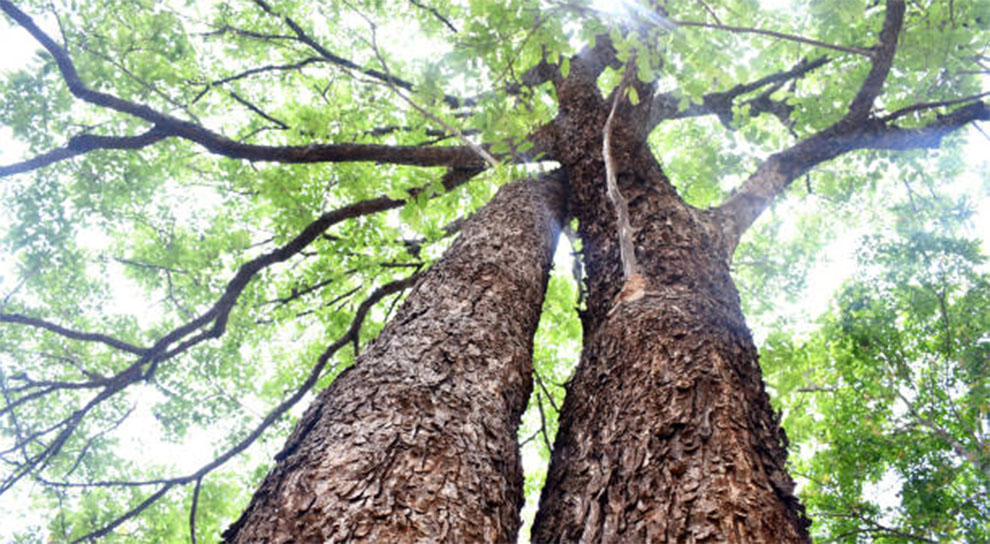
The White Pine is a beautiful conifer with a crown made of horizontal branches and a straight but tall trunk that can grow up to three feet. Its branches are irregular and grow in a twisted arrangement around the trunk.
As much as the branches help with recognizing a white pine, it also helps estimate the plant’s age. You can compute it roughly by counting the branch whorls. During the young years, the bark is smooth with a greyish-green appearance, while the outer tree bark is one to two inches thick with darker, broad ridges.
As the plant ages, the bark becomes deeply furrowed with a grayish-brown appearance. Did you know that White pines are fast growing and usually live up to four centuries!!
B. Needle
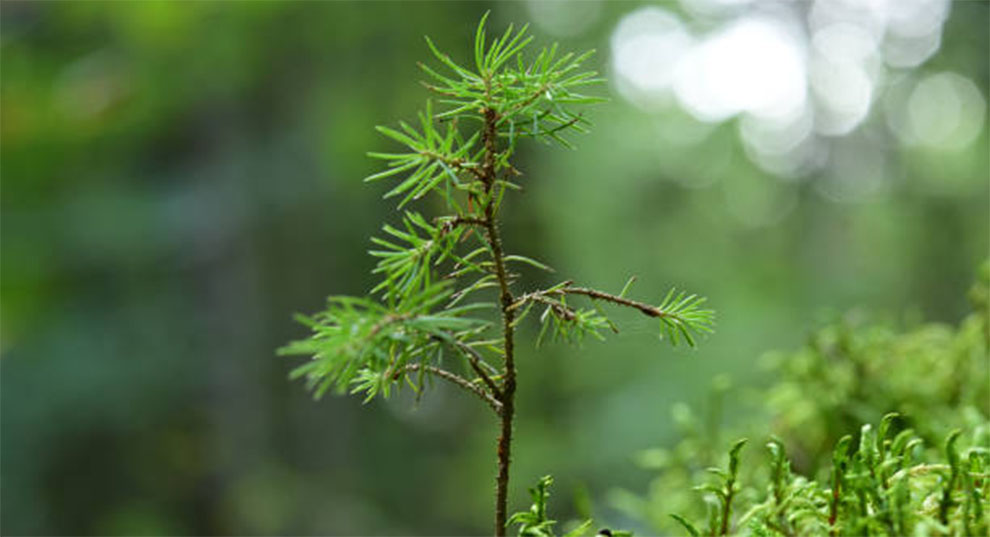
White pine needle identification can also eliminate many classification doubts for you. The tree has a soft, velvety, long needle with a bluish-green appearance. Unlike their shorter-sized evergreen counterparts, the white pine needles are about two to six inches long.
So, they will wave in the breeze, adding an extra texture and dimension to the yard. A notable factor in to identify white pines is that their needles grow in bundles of five, which many refer to as fascicles. The bundles develop clusters that resemble small brushes.
Some white pine varieties even have edible needles. You can dry and grind them into minuscule tea bits and use them in tea. Some needles are ground for use in baking or cooking. However, these uses are curtailed strictly to survival situations only.
C. Cone
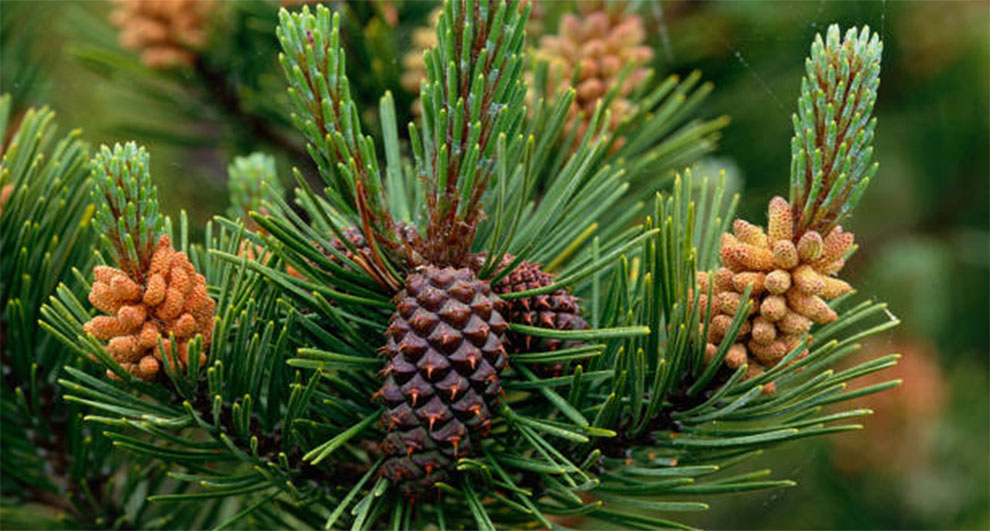
Up till now, you may have eliminated many plants and come closer to ascertaining whether you have a white pine in your yard. But learning about their cones can eliminate all clouds of doubt.
The white pine’s true seeds are cones. It has a yellowish-brown appearance, and the narrow cone is between six and eight inches. The cone is cylindrical, and you can proceed with the white pine tree identification by examining the cones.
The male counterparts are yellow, small, and clubbed together at the base of the growth from the ongoing year. On the contrary, the female cones cling downwards onto the branches and are between three to eight inches long.
Typically, the female pine cones take two to three years to mature and drop once they shed seeds. Most white pine trees reproduce after two to three decades from the plantation.
D. Tree height
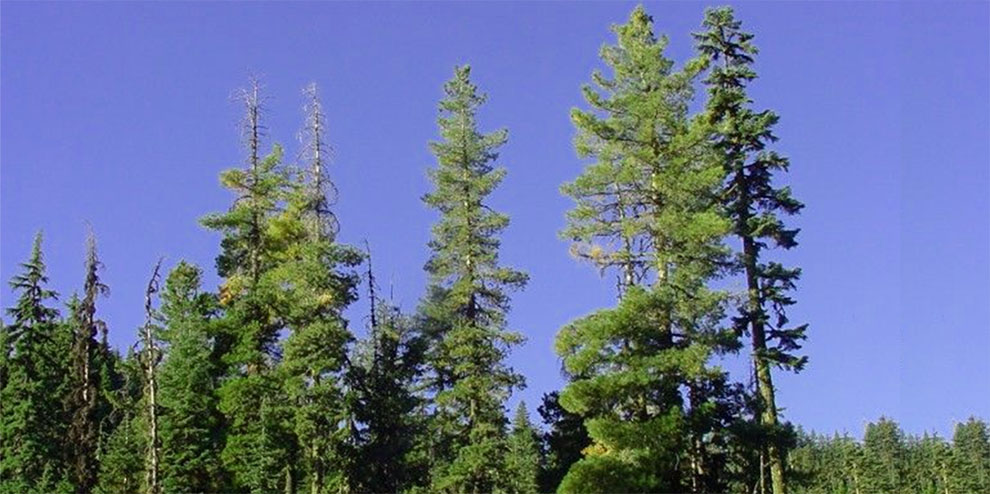
An important factor that goes into identifying white pine is its tall stature. It is one of Northeast’s largest conifer. The plant can grow up to 100 feet tall with a three to four feet diameter.
E. Habitat
Typically, the white pine grows in almost all kinds of soil in its range, but it thrives in sandy, well-drained soil. You will have abundant white pines from Newfoundland to southeast Manitoba east, Northeast to west Iowa, northern to south Georgia, and Canada.
They are in abundance from sea level to 2,000 feet. You can spot it in Southern Appalachia as high as 5,000 feet.
Eastern White Pine Identification
Eastern White Pine – a popular variety of white pine. Let us learn how to spot it. Eastern white pine is a sturdy, fast-growing, majestic tree. Whether growing in commercial timberland or sprouting in the wild, it has an extraordinarily straight, long trunk.
The tree lives for about two centuries. Historically, many people use this tree for several purposes – in carpentry, construction, and even in ship masts. Below, we will discuss different aspects for easy identification of Eastern white pine.
A. Bark or trunk
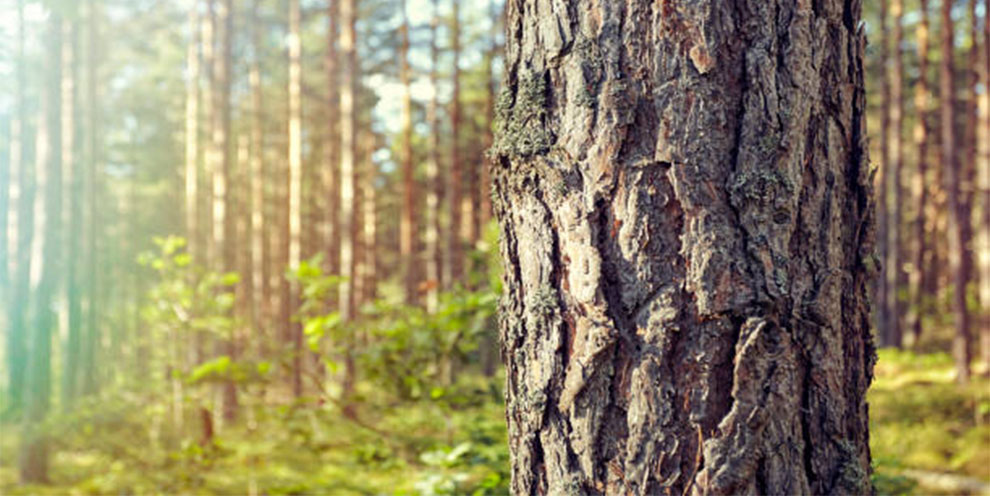
Eastern White Pine has straight, tall trunks with a diameter of up to one meter. The bark is smooth and thin with a greenish-gray appearance and light spotty patches for the younger trees.
As the tree ages, there are changes noted in the bark. It becomes thicker and changes color. Mature bark is grayish-brown or reddish-brown in appearance and about one to two inches in thickness. Its round bark has dark-tinged scales, darker furrows, and long, broad ridges.
B. Fruits
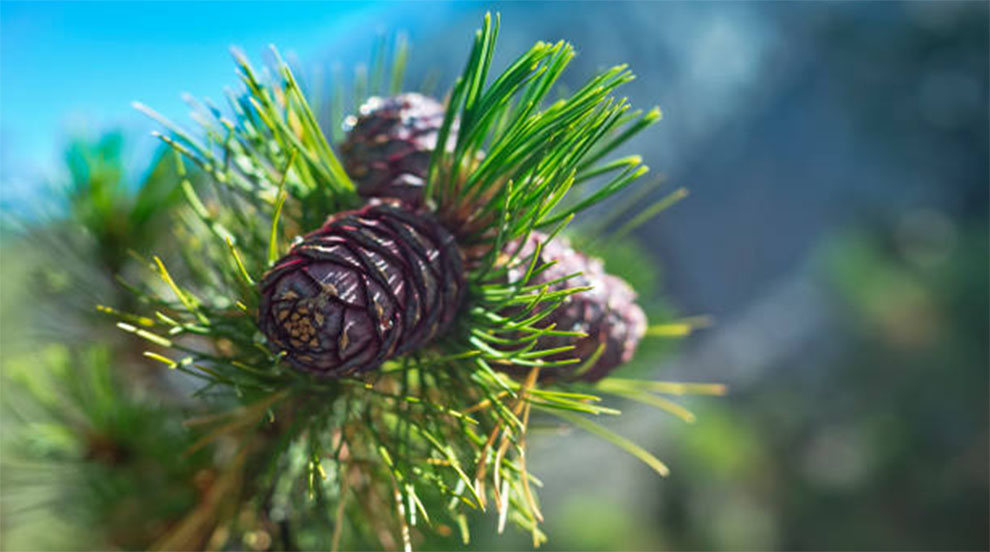
Analyzing the cones is also beneficial in eastern white pine identification. Its cones are thin, long, cylindrical, about three to eight inches long, and droop downwards. They are slimmer and longer than most other pines that grow in the region. Its scales are not prickly and sharp, and the cones taper gradually.
You can find both female and male cones on the same tree. The male cones are small, yellow, and packed together at the base of the current year’s growth. But, its female cones stand out. They mature in two to three years and drop once they shed the seeds.
C. Height
The eastern pines are usually over 40 meters in height.
D. Twigs or branches
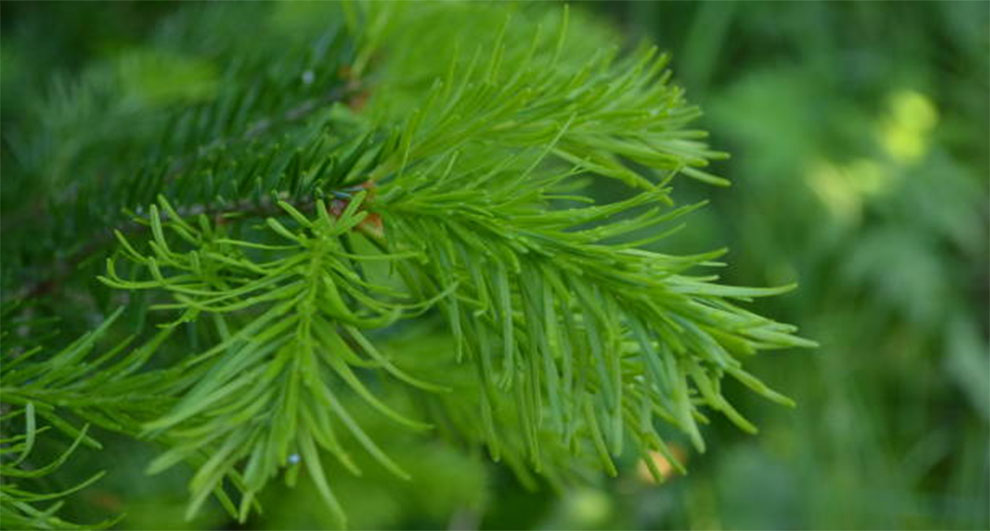
When doing Eastern white pine tree identification, remember that its branches are irregularly-shaped, stout, slender, and grow horizontal to ascending. The twigs are green, flexible, and hairy in the first year. They are orangish-brown to grayish-brown in color, and the buds are ovoid, long, and reddish-brown.
E. Needles or leaves
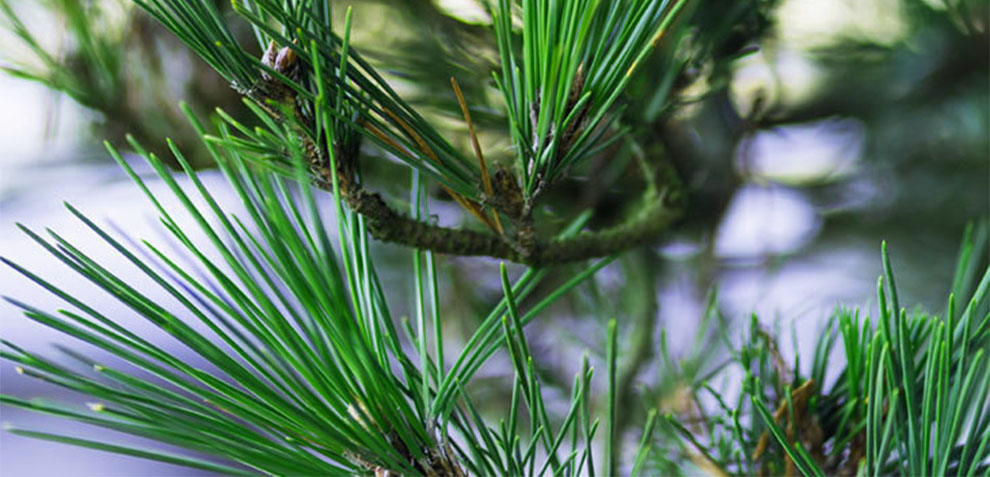
Since Eastern White Pine is a conifer, it has needles, not leaves. They are soft, bluish-green, slender, straight, and light. These evergreen needles grow between two to six inches long with five flexible and thin leaves per fascicle.
F. Flowers
The White Pine do not have flowers so the eastern variety also does not.
G. Habitat
You can spot the white pine trees anywhere from sphagnum bogs to dry rocky ridges. The pine thrives in well-drained soil with humid and cold conditions. Typically, the tree is present in eastern to central parts of the US, Canada, and parts of Europe. Europeans refer to it as the Weymouth.
Western White Pine Identification
Another major variety, the western pine is a tall tree, distinguished by the banana-shaped, large cones. The plant grows up to 60 meters and thrives in closed groups of trees. It has an open and short crown. Below, we will discuss different parts for easy identification.
A. Bark or trunk
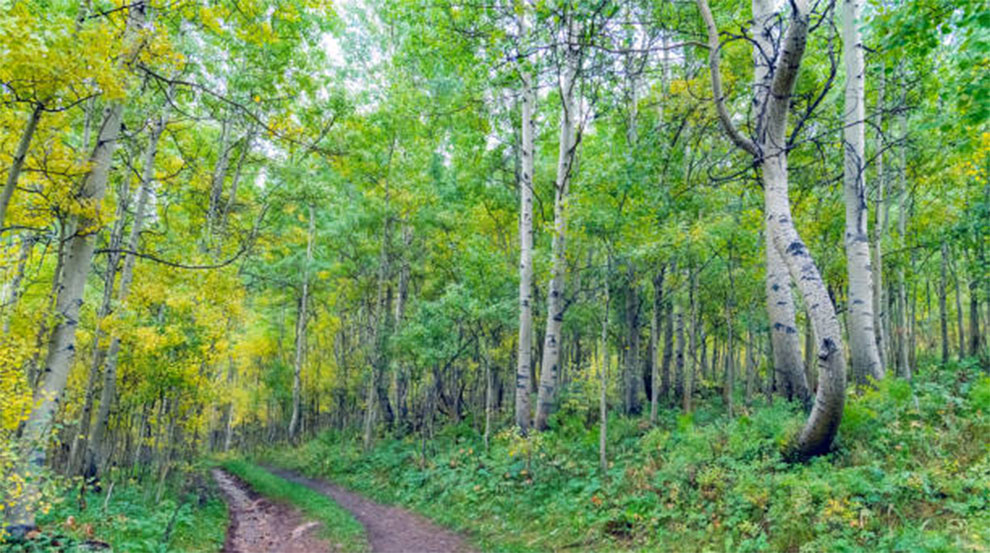
White Pine Trees have a grayish-green bark that breaks into rectangular plates on large trees. During the young days, the bark is thin and smooth, but as it ages, it turns darker and forms vertical, deep grooves with scaly rectangular plates.
B. Cones
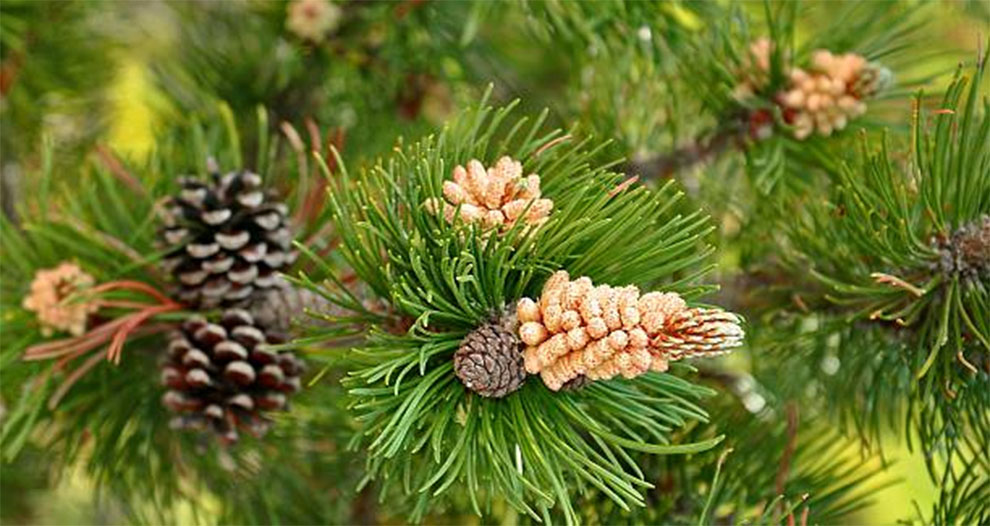
Its seeds look cylindrical when shut. They have distinctive, banana-like seeds with a length equivalent to a banana at about 10 to 25 cm long. Its scales bend backward when dry and have a sticky, white resin on them. The seeds have three cm long wings.
C. Height
The western pines are usually large and grow between thirty and fifty meters, but in some rare cases, they may be over 70 meters.
D. Branches
It has whorled ascending-spread branches with pale red-brown, slender twigs that age to gray or purplish brown.
E. Leaves
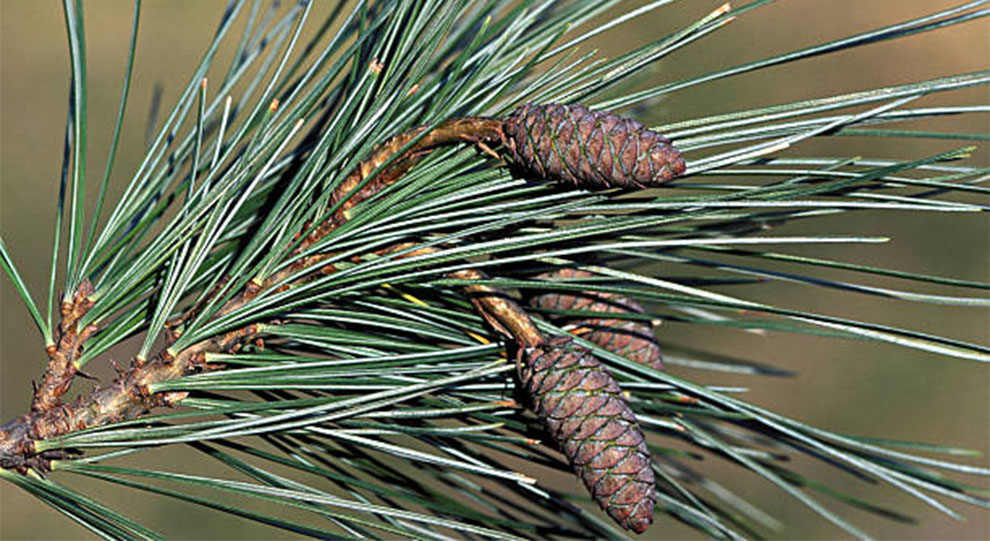
The western white pine needles occur in bundles of five and are about five to ten cm long. They are long, straight, soft to the touch, and straight. The needles are bluish-green with a whitish tint and finely-toothed edges.
In Western Washington and northwest Oregon, western white pine identification is easy. You can note the elevation and count the needles. Like Western White Pine, even Whitebark has five needles per bundle, but they grow near the timberline at higher elevations.
F. Flowers
They also do not have any flowers.
G. Habitat
The plant can thrive in different environments, ranging from sandy, peat bogs to rocky or dry soil, but it does best in soil that is well-drained and full of nutrients. You can spot the plant on gentle northern slopes and moist valleys.
In Oregon, many Western White Pines are found across the Coast Range and the Cascades. You can spot them at elevations of 3000 to 5000 feet and down to sea level in northwest Washington. People in Idaho refer to it as the state tree.
You can spot it in large numbers in Sierras and Siskiyous in California.
What Is The Difference Between Eastern and Western White Pine?
Western white pine (Pinus monticola) and eastern white pine (Pinus strobus) are closely related. They are both five-needle plants, but the difference lies in their needles and cones. The cones in western white pines are relatively longer, and their needles have more prominent stomatal bands.
Beyond this, there is another difference between the two. Compared to the eastern white pine, the western white pine have a slenderer appearance.
FAQs: Let’s Clear Some Doubts!
Ques 1. How can you tell the difference between white pine and red pine?
Ans. Here are some differences between the two:
- The White pine tree identification reveals that white pine has five needles, while the red pine has only two. Further, the white pine needles are flexible. They do not break easily when bent, but in the red pine, the needles are brittle and tend to break easily. On average, red pine needles are longer than white pine.
- White pine has longer cones than red pine.
- At times the white pine’s foliage is bluish, but in red pine, the foliage may be yellow but never blue.
- The white pine needle identification can be done with the sheath found at the base of every needle cluster that tends to shed fast, but in the red pine, the sheath stays longer.
- In white pine, the bark of the younger trees is dark reddish-bronze that turns gray when the tree ages. However, in the red pines, the bark is consistently reddish.
- The healthy mature white pine trees have an irregular crown with a spikey appearance, but the same is rounder and more regular in red pine trees.
Ques 2. How do you tell a yellow pine from a white pine?
Ans. Yellow pine comprises loblolly, slash, longleaf, and shortleaf, and the White Pine includes western, eastern, and sugar varieties. The former is classified as hard, while the latter is always soft. However, yellow pine wraps more than white pine.
In addition, yellow pines have spikes at the end of the cone scales, but white pine identification shows that they do not have any prickles.
Ques 3. What are the uses of white pine?
Ans. The White pine has a soft wood that goes into making crates, furniture, boats, match stick, and paneling.
